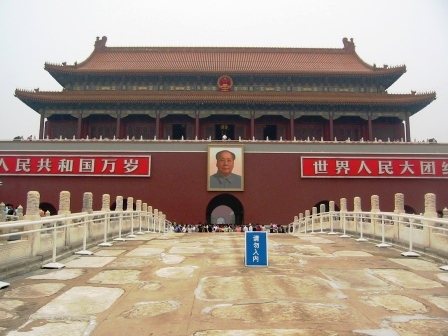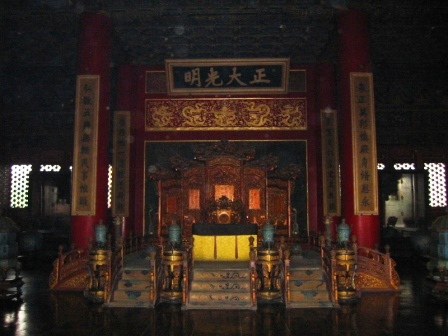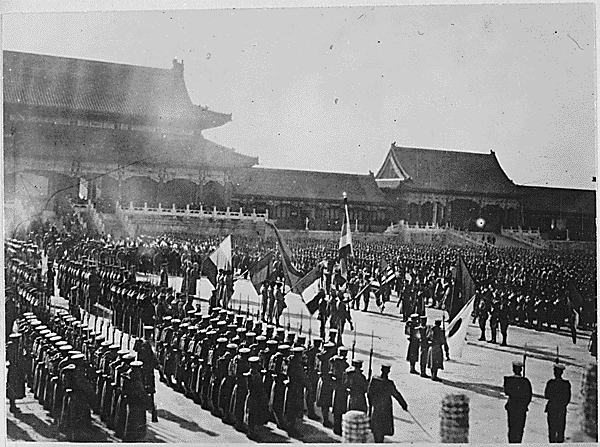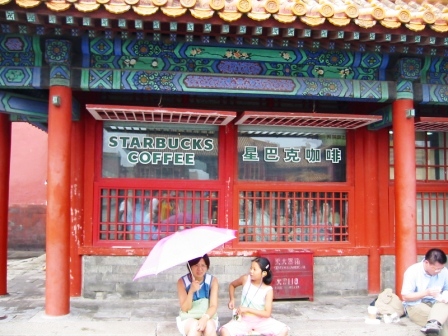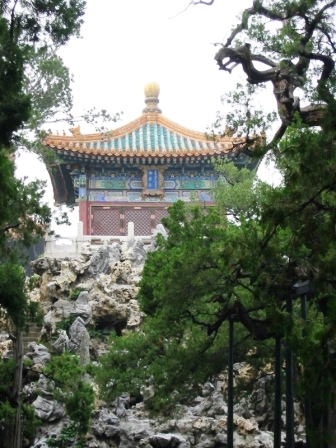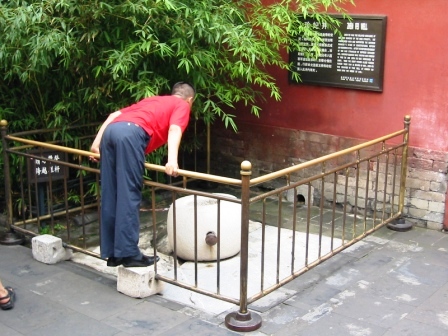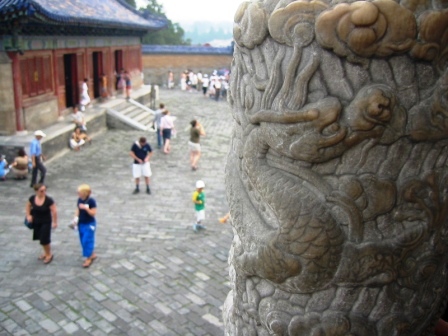 Forbidden City Forbidden City
紫禁城
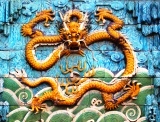 The Forbidden City in Beijing is China’s largest imperial palace and is listed by UNSECO as a World Heritage Site in 1987. The Forbidden City in Beijing is China’s largest imperial palace and is listed by UNSECO as a World Heritage Site in 1987.
The Forbidden City was commissioned by the Ming Emperor Yongle in 1406. He had seized the throne from his nephew Emperor Jian Wen and shifted the Ming capital from Nanjing to Beijing where he was based.
As the capital of the Ming Empire, the Forbidden City was the seat of his imperial authority and the centre of his empire. Over the next 500 years, Forbidden City was home to 24 emperors from the Ming and Qing dynasties.
The last resident of Forbidden City is Puyi who was also the last emperor of China. Although the Qing dynasty abdicated in 1912, he managed to stay in the Forbidden City until his expulsion in 1924.
Recent history of Forbidden City
The following year, Forbidden City became Gu Gong Museum, 故宫博物院, and for the first time in 500 years, ordinary people could enter what was once forbidden. In fact, this was the first time in the history of China when ordinary people could enter an imperial palace whenever they choose to!
Despite its name change, Forbidden City continued to be its better known name and reference. Although the Forbidden City has almost 1000 rooms, most visitors roam through the three most important audience halls (Zhong He Dian, Bao He Dian and Tai He Dian) followed by the halls in the inner palace and the Imperial Garden. Opposite the palace is the Coal Hill (or Prospect Hill) that offers a view of the entire palace complex and surrounding area.
In recent times, the Forbidden City was occupied and looted three times by occupation forces; Anglo-French forces in 1860 during the Second Opium War, Eight Nations Allied forces in 1900 during the Boxer Rebellion and by the Japanese in 1937 during the Sino Japanese War.
In fact, years before the Japanese invasion, the Republic of China government removed many precious artifacts from the Palace for safekeeping. When the Nationalists lost the civil war in 1949, these artifacts were transported to Taiwan. The National Palace Museum, a replica of the Forbidden City, was constructed to house the artifacts.
Starbucks out of Forbidden City
As one of the main stars in China’s tourism industry, the Forbidden City attracts thousands of visitors each year. In 2000, Starbucks began operating in the Forbidden City offering their American coffee to these visitors. However, the presence of Starbucks did not go down well with the Chinese public resulting in various petitions, forums and discussions. The saga ended in July 2007 when Starbucks closed and disappeared from the Forbidden City.
The new café that replaced Starbucks serves Chinese tea.
Memories behind the Forbidden City
Thousands of people would have lived in the Forbidden City during its 500 years of Imperial use. Of these residents, only the histories of the most important and most famous (and infamous) individuals were recorded or known.
Some of these stories have inspired Chinese operas such as Emperor Guang Xu and Pearl concubine and Princess Chang Ping. In fact, Princess Chang Pin and her Prince Consort was supposed to have committed suicide in the Imperial Garden next to the ever twining trees.
On the other hand, the dreams, aspirations and even sorrows of most of the residents will probably never be known. These residents included the imperial consorts, concubines, palace maids and eunuchs who either populate the palace or kept it functioning.
Maybe only the Forbidden City knows their stories.
Related articles:
|

 Forbidden City
Forbidden City